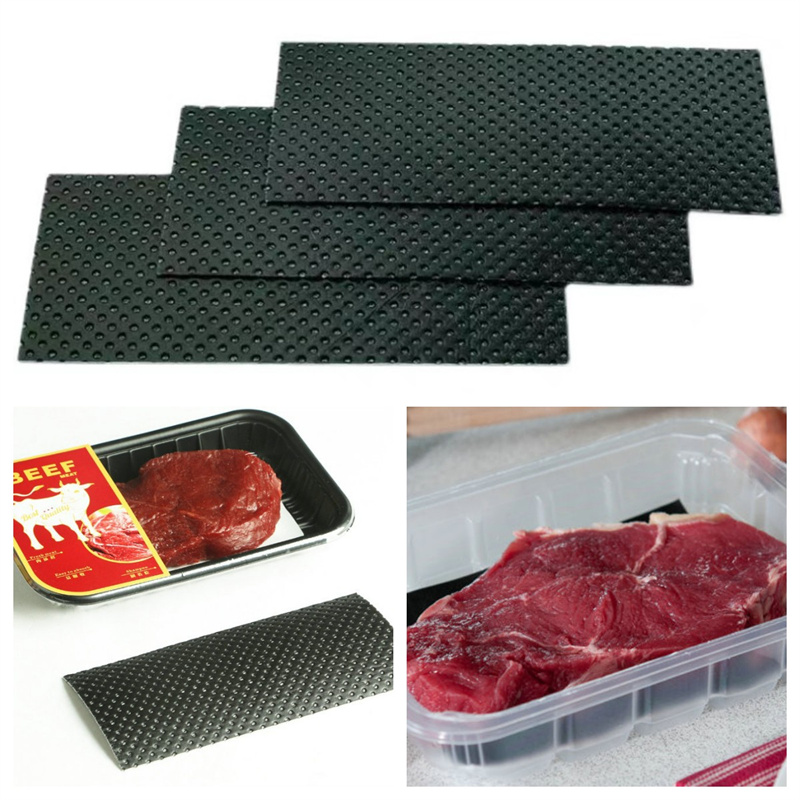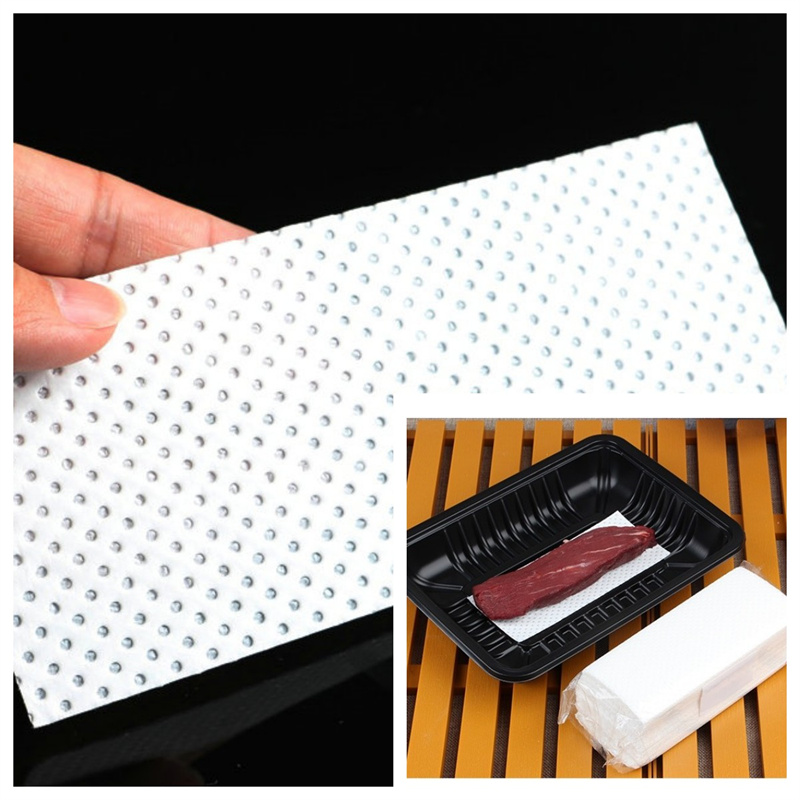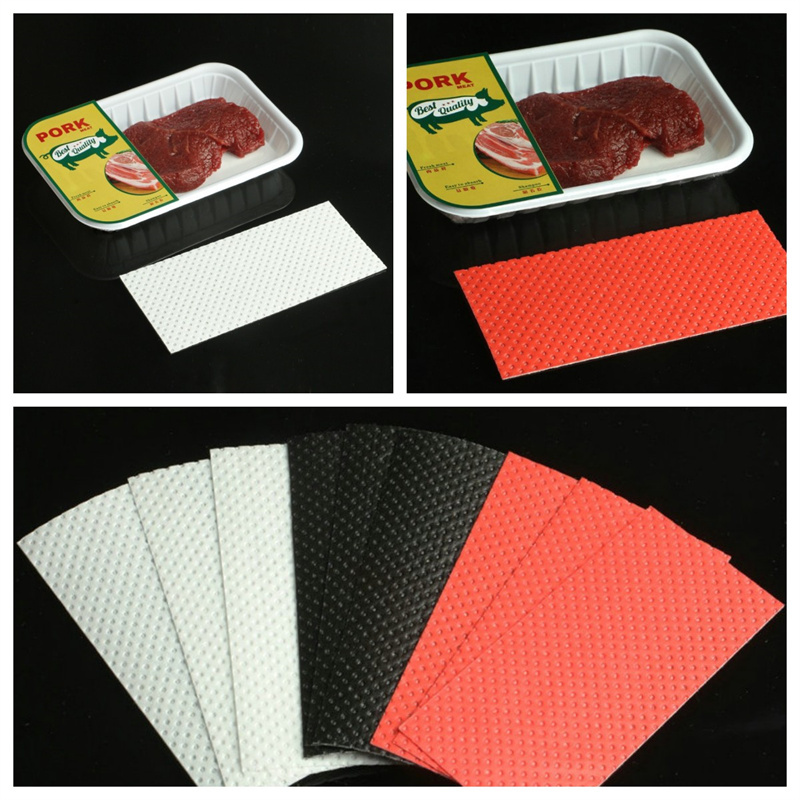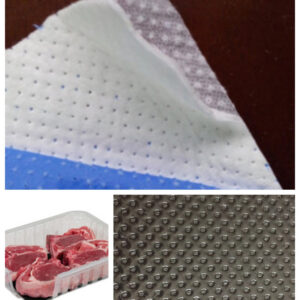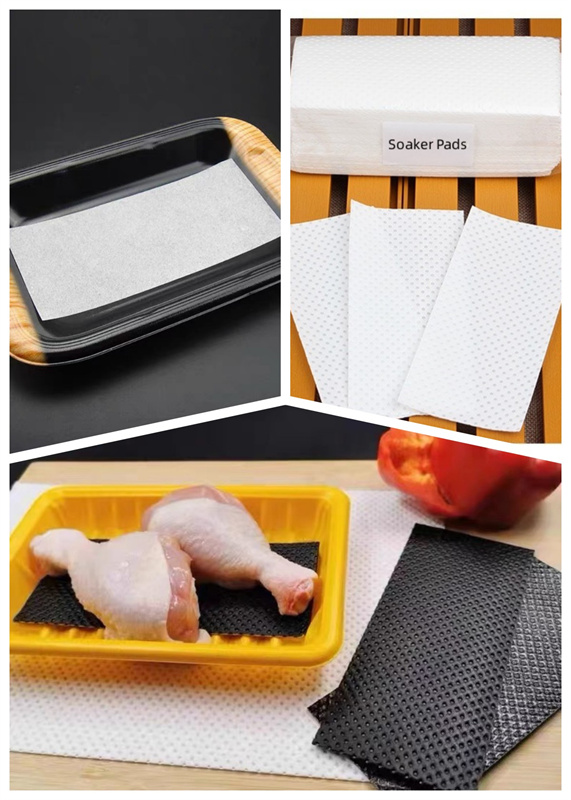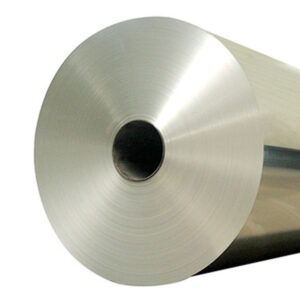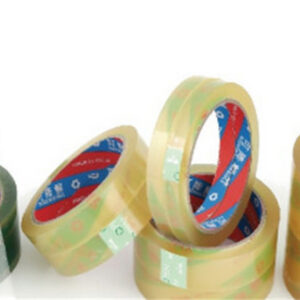Introduction
Absorbent pad is more and more popular for fresh food packing. With the development of society and the improvement of people’s living standards, the issue of preserving the quality and freshness of food has become increasingly important. In response, various preservation technologies and packaging materials have emerged, among which food freshness absorbent pads have garnered considerable attention as an eco-friendly preservation material. This article will explore the principles, applications, and environmental contributions of food freshness absorbent pads, aiming to provide readers with a deeper understanding of this innovative technology and encourage them to choose more environmentally friendly and sustainable methods of food preservation.
I. Principles of Food Freshness Absorbent Pads
As the name suggests, a food freshness absorbent pad is a type of preservation pad with water-absorbing capabilities. They operate on the principles of physical water absorption and moist preservation technology. Typically made of polyethylene (PE) and dust-free paper, these absorbent pads are designed to absorb the moisture released by the food when placed in food packaging boxes or preservation bags, preventing excessive spoilage and deterioration. This principle enables food to maintain its freshness for an extended period during transportation and storage.
II. Applications of Food Freshness Absorbent Pads
1. Preservation of Fresh Foods
Food freshness absorbent pad is widely used in preserving fresh vegetables, fruits, and seafood. For instance, in cold chain logistics, these pads effectively absorb and retain the moisture released by the food, reducing the rate of spoilage and extending the freshness of goods during transportation. In supermarkets or farmer’s markets, food freshness absorbent pads are extensively used for packaging vegetables and fruits to maintain their freshness and appeal to consumers.
2. Meat Preservation
The food absorbent pad also plays a vital role in meat preservation. Meat often releases moisture during storage and transportation, but these absorbent pads can absorb such moisture, slowing down bacterial growth and maintaining the texture and flavor of the meat. In retail markets and the meat processing industry, food freshness absorbent pads are used to package meat products, ensuring that consumers purchase fresh meat.
3. Seafood Preservation
The preservation of seafood demands stringent freshness requirements, making food freshness absorbent pads particularly significant in this context. Seafood, such as fish, shrimp, and shellfish, contains abundant moisture within their living tissues, which rapidly declines when they are removed from the water. Food freshness absorbent pads assist in preserving a moist environment for seafood, slowing down decay and spoilage, thereby ensuring customers obtain the freshest products.
III. Environmental Advantages of Food Freshness Absorbent Pads
1. Reducing Food Waste
Food waste is a global issue, and the application of food freshness absorbent pads can significantly reduce it. By prolonging the freshness of food, these pads decrease the spoilage rate during storage and transportation, thereby reducing the disposal of food due to expiration.
2. Decreasing Plastic Usage
Conventional food preservation methods often require substantial plastic packaging, which is challenging to recycle and contributes to environmental pollution. However, the food absorbent pad is typically made of biodegradable materials, meaning they naturally decompose after use, resulting in a smaller environmental burden.
3. Promoting a Circular Economy
Manufacturers can often recycle the materials used in food freshness absorbent pads. After using the pads in food packaging boxes, consumers can return them for reuse or reproduction by manufacturers. Such recycling contributes to the development of a circular economy, reducing resource wastage.
4. Enhancing Packaging Efficiency
Food freshness absorbent pads help retain moisture in food, reducing the loss of water. Compared to traditional packaging methods, the use of food freshness absorbent pads can decrease the need for other preservation materials. These advantages make food freshness absorbent pads an eco-friendly and sustainable packaging choice.
IV. Development Trends and Challenges of Food Freshness Absorbent Pads
Innovative Materials and Technology
Advancements in technology will continue to bring innovation and improvements to the materials and technology used in food freshness absorbent pads. Experts expect that the development of new high-performance polymer materials will enhance water absorption capabilities and preservation effectiveness. Additionally, combining other preservation technologies such as antibacterial and antioxidant methods may further extend the shelf life of food.
V. Conclusion
As an innovative and eco-friendly preservation material, a food freshness absorbent pad plays a crucial role in maintaining food freshness. Their simple and efficient principles enable them to absorb the moisture released by food, extend the shelf life of products, reduce food waste, and decrease plastic usage, thus promoting a circular economy. However, ensuring their safety, market competition, and cost remain challenges that require continuous attention and resolution.
Therefore, for consumers, choosing to use food freshness absorbent pads is an environmentally friendly and sustainable consumption behavior that contributes to protecting the Earth’s resources. For manufacturers, continuous innovation in technology and materials will enhance product performance and competitiveness. Governments and research institutions should strengthen supervision and research to ensure the safety and environmental-friendliness of food freshness absorbent pads.
In conclusion, the food freshness absorbent pad is a worthy and promotable eco-friendly preservation material. It represents the future direction of preservation technology and is an integral part of pursuing a sustainable lifestyle. By ensuring food quality, we should actively choose and support such eco-friendly innovations, contributing to the future of our planet.

